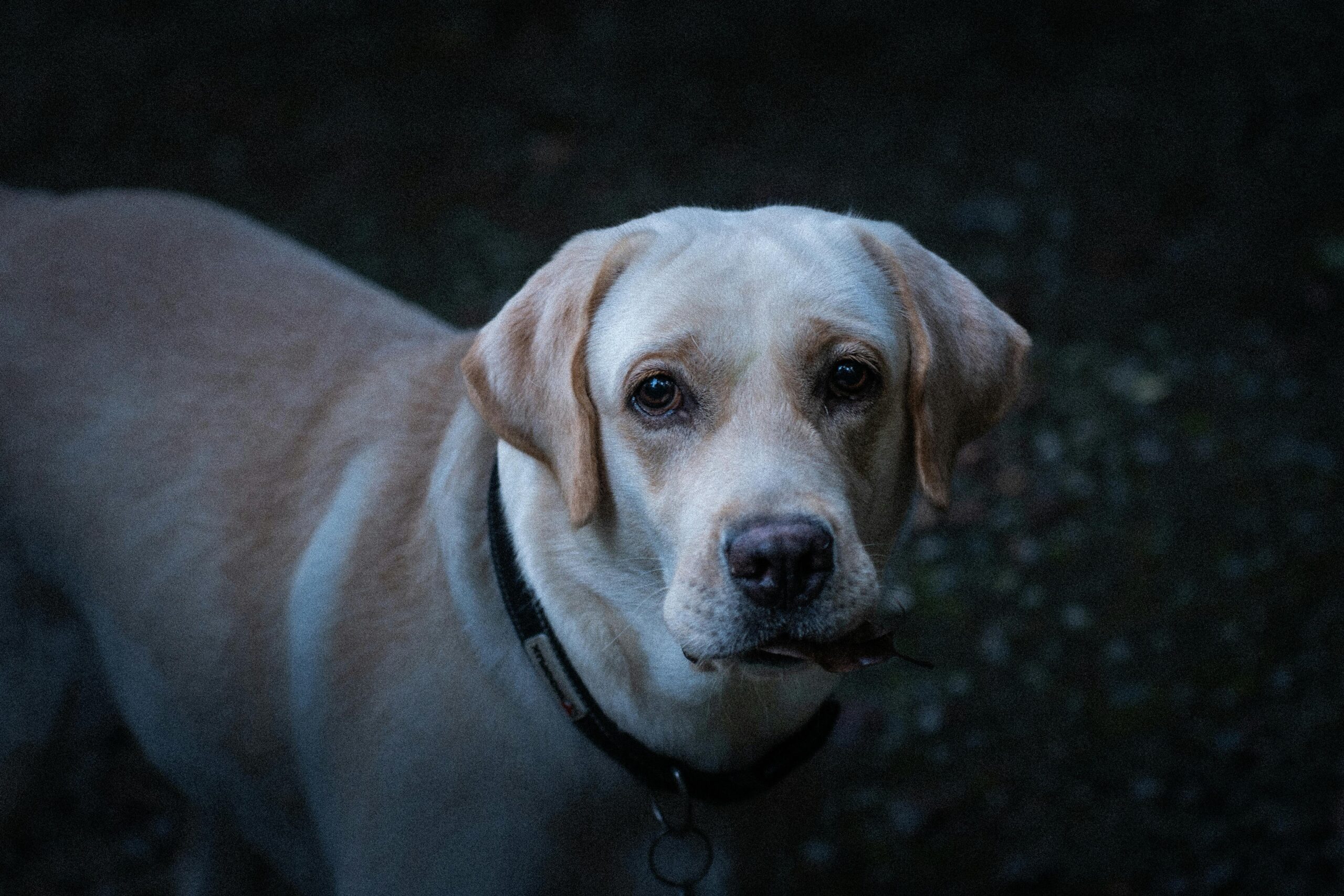Walking through Cleveland’s neighborhoods or parks should be a peaceful activity, but for many dog owners, it is a daily challenge. Barking, lunging, or pulling at the sight of another dog or distraction is a common issue known as leash reactivity. If you’ve ever felt embarrassed or overwhelmed on a walk, you’re not alone.
As a professional trainer, I’ve helped countless dogs in Cleveland overcome leash reactivity. The key is understanding what causes it, knowing what myths to ignore, and applying training strategies that build calm focus.
What is Leash Reactivity?
Leash reactivity happens when a dog becomes overstimulated, frustrated, or anxious while on leash. Instead of calmly observing, the dog responds with:
- Barking or growling
- Lunging toward the trigger
- Pulling hard on the leash
- Whining or pacing
The leash itself can intensify the reaction by restricting natural movement, creating frustration, or amplifying anxiety. Dogs who might behave well in a fenced yard can seem like completely different animals once a leash is clipped on.
Common Causes of Leash Reactivity
- Frustration: Some dogs want to greet every dog or person but get frustrated when held back.
- Fear or insecurity: Other dogs react because they feel trapped and defensive on leash.
- Overexcitement: High-energy dogs often have difficulty managing their impulses when stimulated.
- Lack of structure: Inconsistent leash habits at home can spill into reactivity in public.
For example, as we discussed in why your dog’s behavior changes on walks, leash communication directly affects how your dog interprets the environment.
Myths About Leash Reactivity
There are several myths that confuse owners and slow progress:
- “It means the dog is aggressive.” Not always. Many reactive dogs are friendly off leash.
- “They’ll grow out of it.” Without training, reactivity usually worsens.
- “Stronger equipment fixes it.” A new harness or collar may help manage pulling, but it won’t resolve the underlying cause.
- “Avoiding all triggers solves the problem.” Avoidance may reduce stress in the short term but does not teach your dog how to cope when the situation inevitably arises.
Training Strategies That Work
- Structured Loose Leash Walking
Begin with calm, structured walking in low-distraction environments. Reward your dog for focus and slack in the leash before increasing difficulty. - Threshold Training
Find the distance where your dog can see a trigger but remain calm. Reward for calmness and slowly decrease the distance over time. - Pattern Games
Introduce routines like sit-watch-reward when another dog passes. Predictability helps lower stress. - Handler Confidence
Your demeanor matters. Stay calm, use a steady voice, and avoid tightening the leash in panic. Your dog looks to you for cues.
Tools for Success
- 4 to 6 foot leash, not a retractable one
- Training collar suited to your dog’s temperament
- High-value rewards such as small treats or a favorite toy
- Quiet locations for initial practice before moving into busier Cleveland settings
For additional guidance, the ASPCA’s guide on common dog behavior issues offers helpful insight into why unwanted behaviors, including reactivity, take root.
Cleveland Success Story
I once worked with a young Golden Retriever named Riley who would bark and lunge at every dog on Edgewater trails. His owner dreaded walks and often avoided busy times of day. We began with structured heel work in quiet areas, gradually exposing Riley to other dogs at a safe distance. By rewarding calm behavior and teaching reliable “watch me” and “leave it” cues, Riley progressed quickly. Within two months, he could walk past distractions without exploding. His owner described it as life changing, finally enjoying Cleveland’s Metroparks without stress.
Building Long-Term Success
Fixing leash reactivity is not about a single breakthrough session. It is about small, consistent improvements over time. Daily five-minute sessions, consistent leash manners, and regular exposure to controlled distractions make all the difference. Pairing obedience practice with outlets like scent games or structured play also helps burn mental energy, reducing the likelihood of reactive explosions.
Final Thoughts
Leash reactivity is not a life sentence. With the right plan and consistent practice, dogs can learn to stay calm and focused, even in busy Cleveland environments.
If you are struggling with leash reactivity, our Basic & Advanced Obedience Program is designed to address issues like pulling, lunging, and overexcitement. For a personalized roadmap, you can connect with us through our contact page to schedule a consultation.


